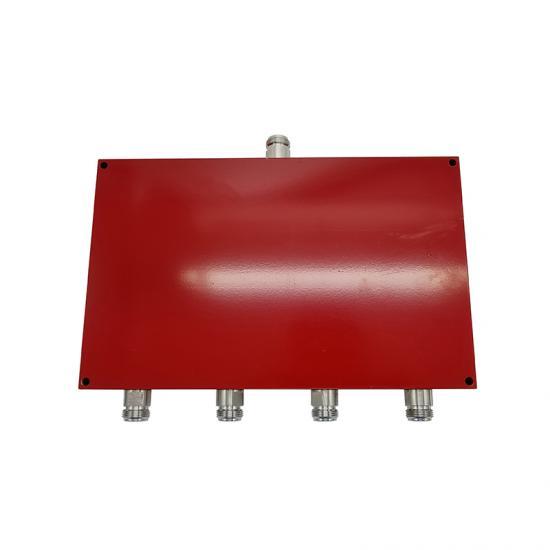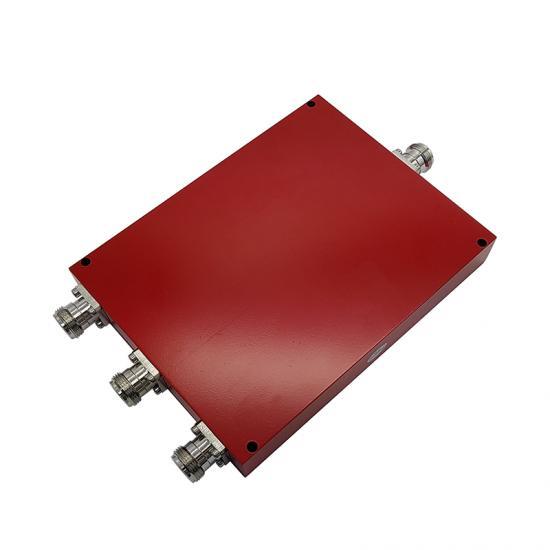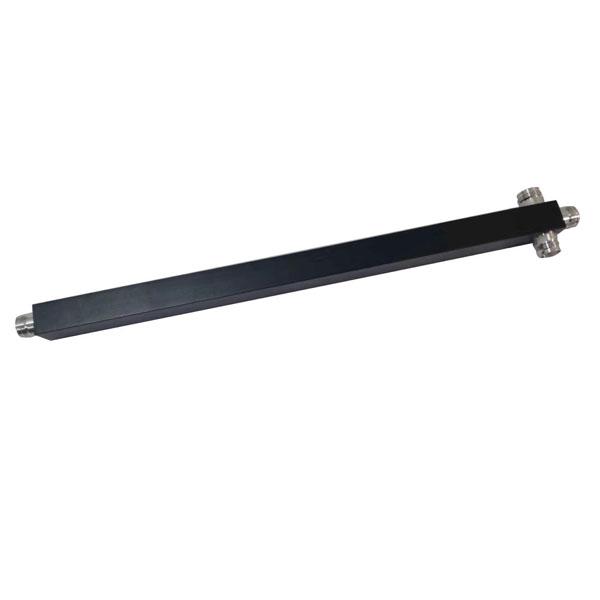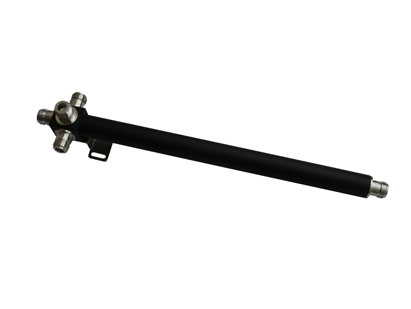Project Description
| Model No. | BRC2-638–155-41F | |
| Frequency Range(MHz) | 698-2700MHz | 3300-3800MHz |
| Insertion Loss(dB) | < 0.3 | |
| Isolation(dB) | >50 | |
| Return Loss(dB) | ≥19 | |
| VSWR | ≤ 1.25 | |
| PIM Rating(dBc) | ≤ -155dBc (with 2 x 43dBm | |
| Maximum Input Power | 300W (average Per Port) | |
| Operating Temperature(℃) | -40℃ to +65℃ | |
| Relative Humidity | 0 ~ 95 % | |
| Impedance(℃) | 50 Ω | |
| Size(mm) | 110 *110 * 44 | |
| Weight(g) | 1.1 | |
| Lighting Protection | 3kA; 10/350 μs pulse | |
| Connector Type | 4.3-10 Female | |
| Ingress Protection | IP68 | |
| Color | Grey | |
Low PIM products are of primary importance for both, Marco Cells installations and DAS venues. Chief among these venues are small cell multi-carrier installations.Carriers are establishing challenging PIM specifications to mitigate unwanted signal interference caused by the PIM phenomena. . PIM at this stage can significantly diminish overall system performance. Passive intermodulation can seriously affect data bandwidth of wireless cells, and in serious cases, it can completely compromise channel functionality. Low PIM products are an essential measure to avoid this.
High power signals, greater than 20 watts, are of concern in PIM inducing networks. Standards have been established over a 20 year period to qualify acceptable PIM products in devices. This has been established as the power level below the carrier level when 2 signals are introduced in a PIM inducing combination. The familiar (2x +43 dBm)PIM test signals on Bri Electronic and Technology product represent this standard of two tones at the 20 watt level.




